The epic film "The Last Samurai," though fictionalized, draws heavily from the real-life Satsuma Rebellion of 1877. Tom Cruise's character, Nathan Algren, is loosely based on Jules Brunet, a French military advisor who fought alongside the samurai. The rebellion raged across Kyushu, with Kumamoto City witnessing some of the fiercest fighting. This history is embedded in the city's landscape, offering a glimpse into Japan's transition from feudalism to modernity.
The Satsuma Rebellion was a clash between tradition and progress, with the samurai resisting the Meiji government's modernization policies. Many samurai, particularly in Satsuma (present-day Kagoshima), felt their status and purpose threatened by the abolition of the feudal system, the ban on sword-carrying, and the creation of a conscripted army. Previously a privileged class, the samurai would be stripped of their social status that they had enjoyed for generations. Saigo Takamori, a revered samurai and leader of the Meiji Restoration, became the figurehead of this discontent. Lord Moritsugu Katsumoto, played by Ken Watanabe in The Last Samurai, was based on Saigo. In 1877, Saigo led his forces north from Kagoshima to confront the government in Tokyo.
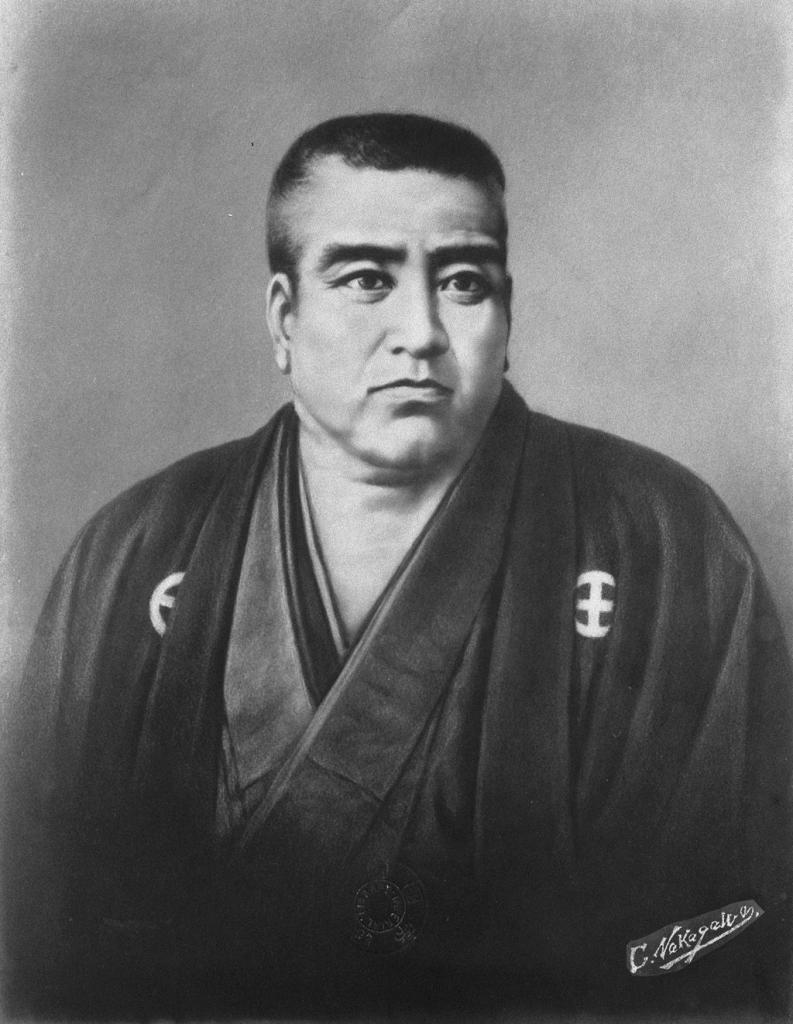
Kumamoto was the only Imperial Army base in Kyushu, and if Saigo and his Satsuma army were able to take Kumamoto, all of Kyushu would fall under their power and they would be able to grow their forces. Kumamoto Castle, a formidable fortress in the heart of Kumamoto City, became a key battleground in this conflict. The castle was defended by the Imperial Japanese Army, led by Major General Tani Tateki. The siege of Kumamoto Castle lasted from February 19th to April 12th, 1877.
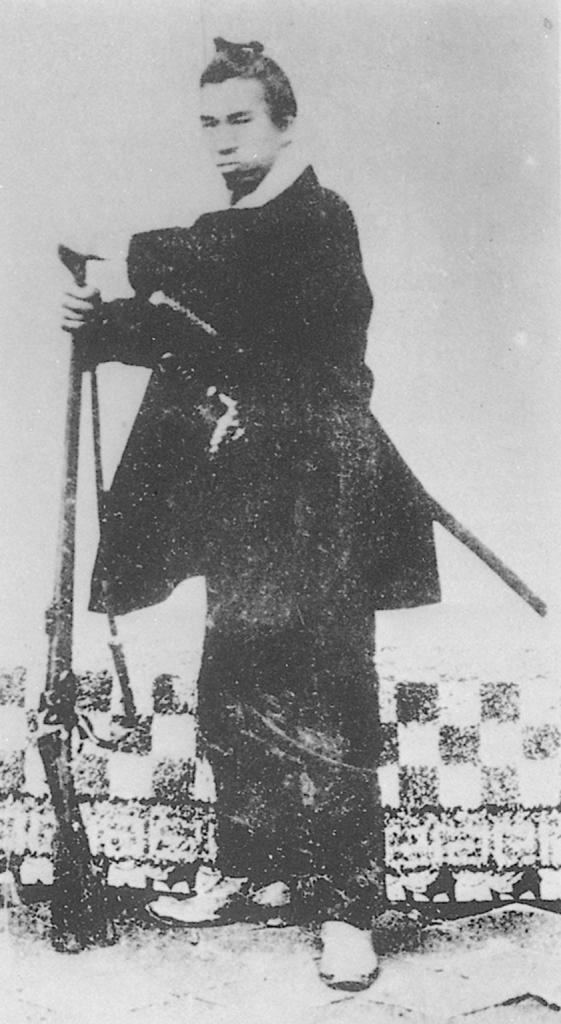
The rebels, despite their valiant efforts, were unable to take the castle. Built in the early 1600s as an impregnable fortress by master castle builder Lord Kato Kiyomasa, this was actually the first time the castle’s defenses were put to the test in battle. Under normal circumstances, the inexperienced and outnumbered imperial forces would have been quickly overrun by the skilled Satsuma army. However, despite a mysterious fire burning down numerous castle buildings just before the siege started, the castle held strong while the garrison awaited reinforcements from the north.
One of the most significant clashes during the siege took place at Tabaruzaka, a strategic location north of Kumamoto City. After a series of victories in small skirmishes north of Kumamoto, the rebels dug in and built up their defenses at Tabaruzaka, a critical pass along the only road into Kumamoto from the north wide enough transport cannon. The Battle of Tabaruzaka began on March 3rd, before the imperial forces, numbering up to 90,000 troops, launched an all-out assault on the defending 15,000 Satsuma soldiers. Fighting was so fierce that records show that imperial forces shot an average of 320,000 bullets each day, not including what was shot by the rebel forces. The battle ended in victory for the imperial army, forcing the Satsuma army to retreat and end their siege on Kumamoto Castle. The loss proved to be the deciding blow against the rebels. They retreated all the way back to Kagoshima, where the imperial forces overran the rebels and put an end to the rebellion.

Today, Tabaruzaka is a peaceful area with a museum commemorating the battle. The Tabaruzaka Seinan Civil War Museum houses exhibits explaining the war's background and showcasing relics. A 360-degree immersive experience recreates the battle's intensity.
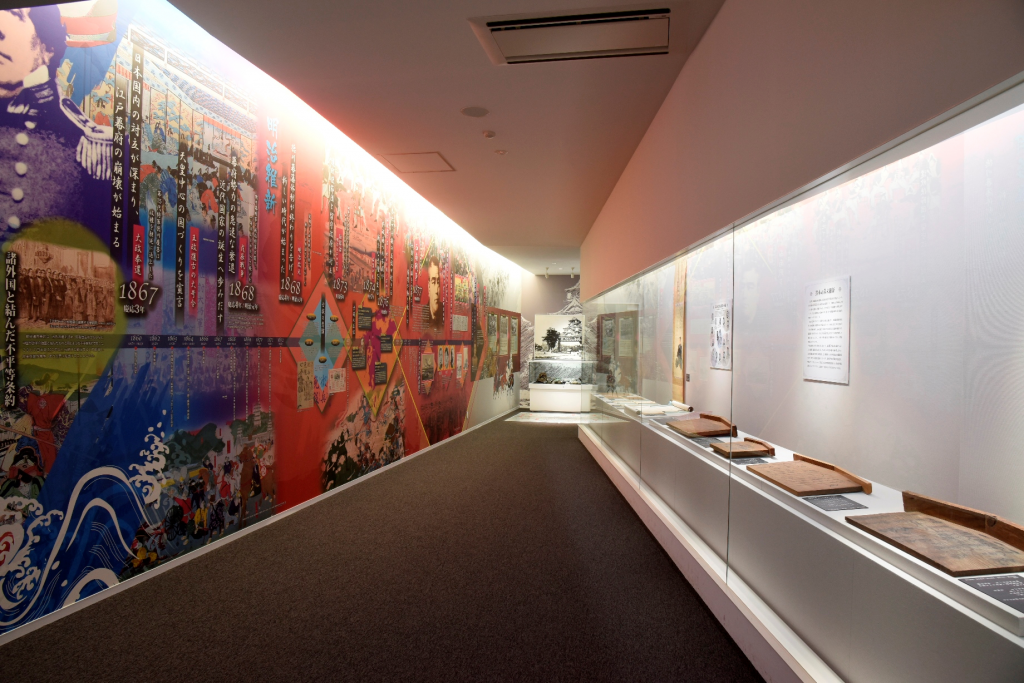
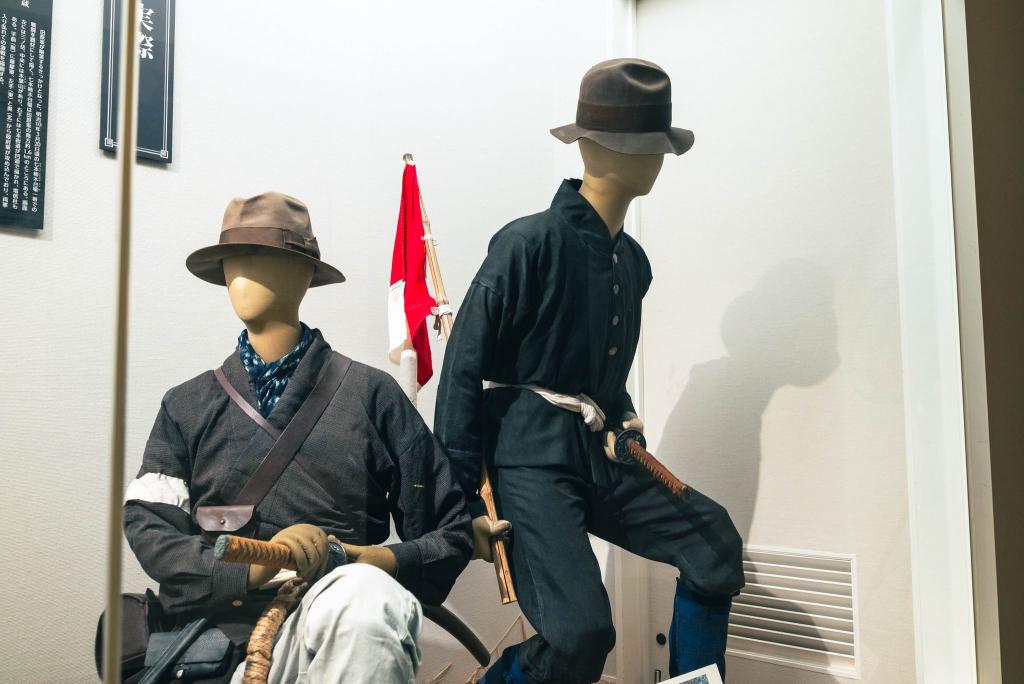
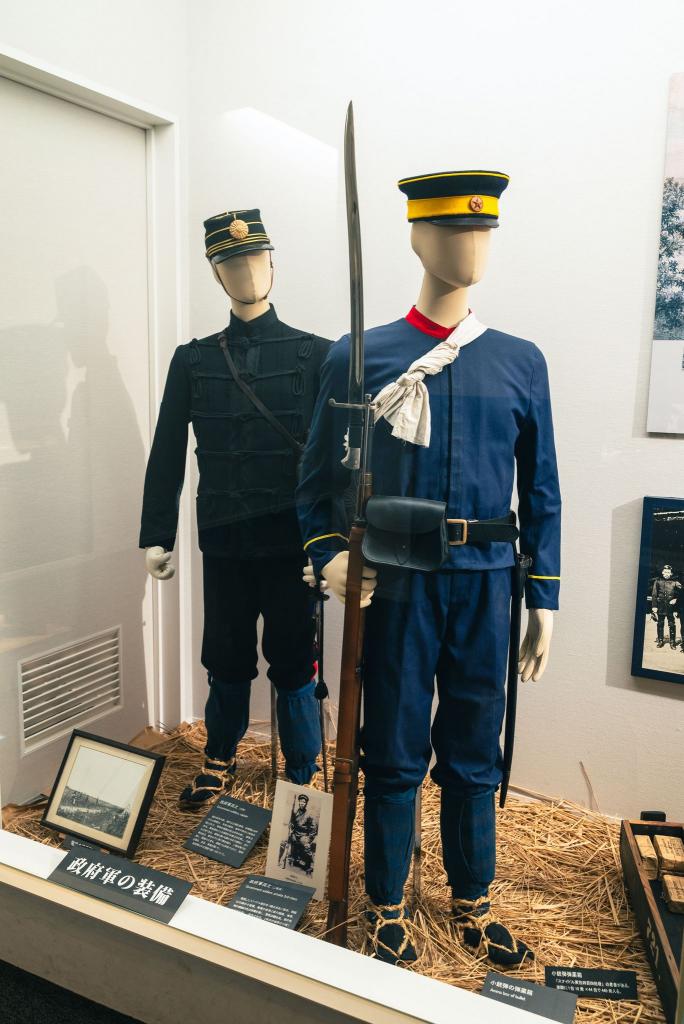

Just across from the museum stands a pock-marked building (a replica of a building damaged in the fighting) that houses information on the formation of Hakuaisha, precursor to the Japanese Red Cross. One of the few positive outcomes of the war, Hakuaisha provided relief for soldiers injured in the rebellion, regardless of side. During the rebellion, the Janes Residence was used as the headquarters of the government forces and was where Hakuaisha received permission to operate.
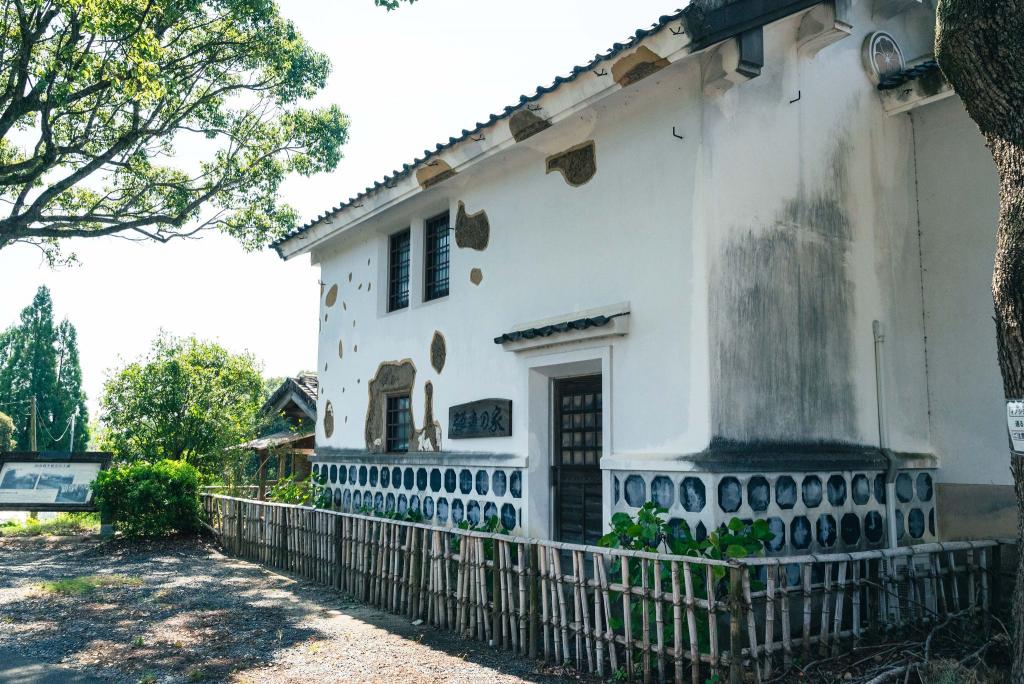
Gravesites for both the rebel and imperial forces are located a short drive from the museum. The gravestones at Nanamoto Cemetery for Government Forces commemorate around 300 government soldiers who gave their lives in the war. Nearby, the Nanamoto Kakinokidaiba Cemetery for Satsuma Soldiers is marked by two large memorial stones for all of the rebel soldiers who died fighting.

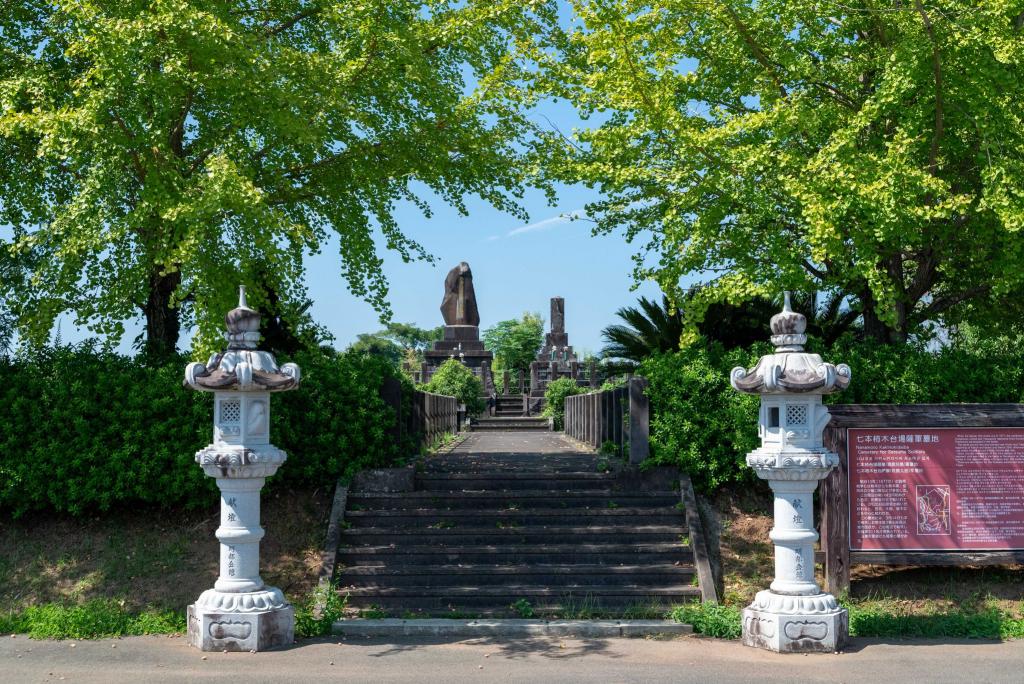
Interestingly, excavations at Suizenji Jojuen Garden revealed that the sculpted mountain within the garden was used as a cannon platform during the war.

The Satsuma Rebellion marked the start of a period of intense modernization and change throughout Japan that heavily influenced the Japan we know today. The victory of the imperial forces over the Satsuma rebels signaled the end of the age of samurai and ushered in a new era of Japanese history.


